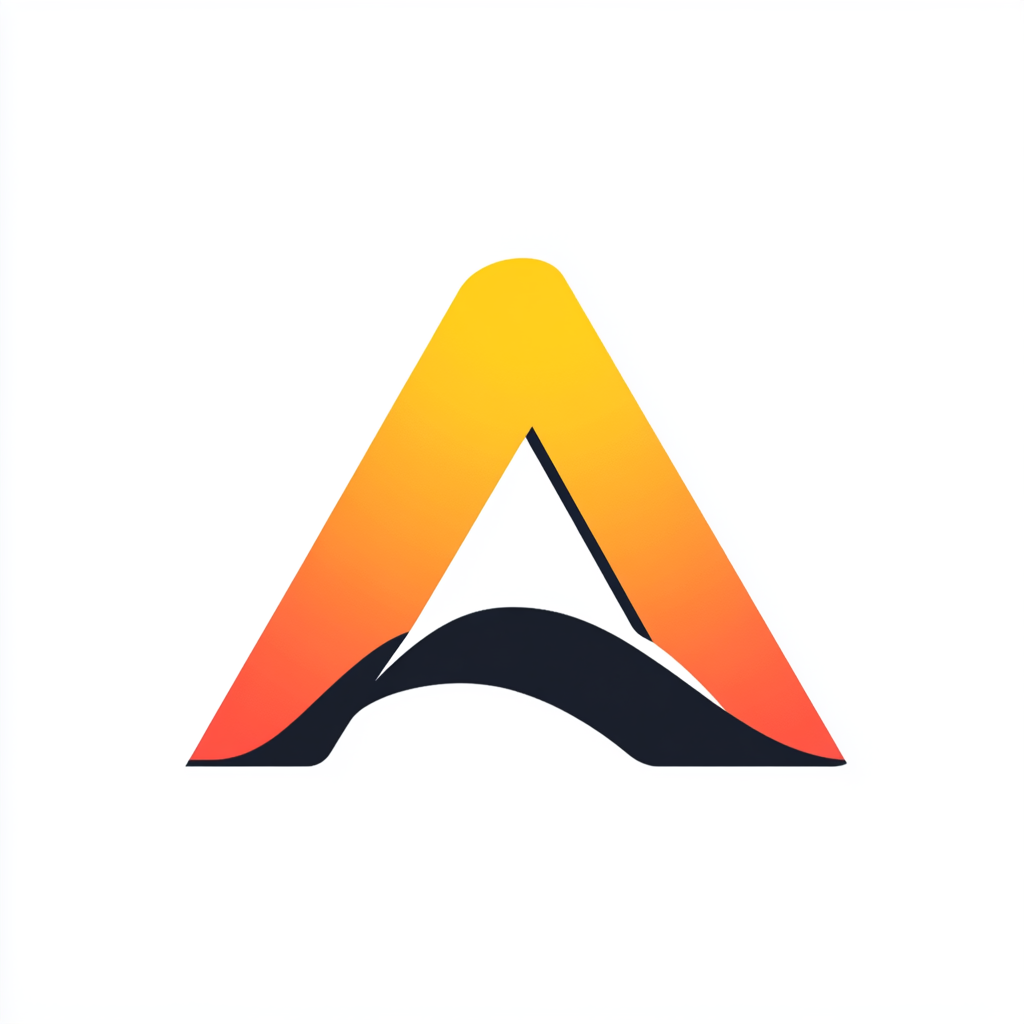Enhancing ABA Supervision with the Apprentice Model 2.0
By 2023, the field of Applied Behavior Analysis (ABA) saw an unprecedented need for well-trained and certified behavior analysts. With the rise in autism diagnoses and increasing demand for behavior therapy, supervision systems for future Board Certified Behavior Analysts (BCBAs) have struggled to keep up. Training quality can vary widely across settings, leaving many supervisees without the support and structure needed to succeed.
Research by Hartley and Dubuque (2023) addresses these concerns by introducing a reworked model of supervision: the Apprentice Model 2.0. Their study, published in the journal Behavior Analysis in Practice, offers a better way to mentor tomorrow’s BCBAs.
Background: The Growing Demand for BCBA Supervision
As autism diagnoses continue to increase, so does the demand for qualified practitioners. From 2010 to 2021, the Behavior Analyst Certification Board (BACB) reported a 4,209% increase in demand for BCBAs. While more university programs now prepare students for this field, there has not been a matching growth in on-the-job supervision resources.
Key challenges include:
- Inconsistent quality across university coursework and fieldwork experiences
- Few scalable or structured supervision models for organizations
- High variability in how skills are taught and assessed during supervision
The Apprentice Model was originally developed in 2016 to address these gaps. But by 2023, Hartley and Dubuque saw the need for stronger systems, more feedback, and a clearer path to field readiness.
The Apprentice Model: Then and Now
The original Apprentice Model was built on a one-on-one mentoring relationship. A BCBA supervised an Apprentice, giving them hands-on experience in gradually more complex clinical tasks. While helpful, the model lacked tools for standardizing supervisor expectations, tracking progress, and integrating feedback across multiple trainees.
What’s New in Apprentice Model 2.0?
The 2023 upgrade introduced stronger structure, clearer learning pathways, and data-informed systems. It focused on mutual benefit for the:
- Apprentice (the supervisee),
- BCBA Supervisor,
- and the Organization itself.
Let’s break down the four core improvements.
Four Key Enhancements in the Apprentice Model 2.0
1. Apprentice Curriculum
This curriculum is job-embedded and based on a task analysis aligned with the BACB 5th Edition Task List. It includes:
- 42 step-by-step competencies, organized by complexity
- Weekly one-on-one meetings between each Apprentice and Supervisor
- Integration of ethics discussions and real-life cases
- Knowledge assessments and hands-on practice tests
- Rubrics for evaluating clinical performance
Apprentices refer to Cooper et al. (2020) as their main text, and use vocabulary lists, definitions, and a self-paced format to guide their own learning.
2. Group Meetings
Group supervision sessions provide a collaborative learning space and promote skills such as observation, case discussion, and public speaking. They feature:
- Didactic trainings based on the task list
- Structured case reviews through “Rose & Thorn” formats
- Bi-monthly follow-ups to revisit challenging ("thorn") cases
- Virtual access via Microsoft Teams
- Scaffolded expectations for presenting cases
- Assigned peer discussants who give feedback
These meetings help Apprentices see more cases, hear other perspectives, and develop communication skills for future BCBA roles.
3. Apprentice Performance Scorecard
To measure success, Apprentices are monitored using a monthly KPI (Key Performance Indicator) scorecard. This helps organizations and Supervisors track important benchmarks like:
- Amount and quality of patient oversight
- Quality of treatment plans
- Completion of competencies
- Clinical outcomes such as patient progress
- Time management and professionalism
The scorecard adds accountability and shows both trainees and Supervisors where they’re hitting the mark—or not.
4. Bidirectional Performance Appraisal
This system ensures monthly feedback flows in both directions—from Supervisor to Apprentice, and vice versa. Benefits include:
- Opportunities to build trust and respond to concerns early
- Feedback on professionalism, ethics, and supervision quality
- Identification of needs at both the individual and organizational level
- Supports adaptive changes in supervision methods
Instead of feedback being a one-time event, this process makes it routine and proactive.
Who Benefits from the Apprentice Model 2.0?
A standout feature of this model is that it helps everyone involved.
For the Apprentice:
- Offers clear expectations and task sequences
- More hands-on practice with real ABA clients
- Stronger first-time BCBA exam pass rates (88% since 2022)
- Smoother pathway into independent BCBA work
For the BCBA Supervisor:
- Consistent supervision tools reduce prep time
- Trained Apprentices contribute meaningfully to clinical work
- Feedback helps them grow as mentors and leaders
For the Organization:
- Improved clinical quality and outcome consistency
- Higher staff satisfaction and retention
- 70% of current BCBAs trained through the model—an investment that pays off
- Scalable system that grows with organizational needs
Limitations and Room for Growth
This model works well where it was designed, but other organizations may need to adapt it. Some limitations include:
- The need for experienced Supervisors
- The model’s internal design may not fit every organizational culture
- More data is needed on long-term patient outcomes and job performance
Still, the Apprentice Model 2.0 offers a solid framework to build on.
Conclusion
The Apprentice Model 2.0 bridges the gap between academic training and real-world success. It meets the urgent need for more—and better—BCBAs by offering structure, feedback, and collaboration. Whether you're an organization leader or a BCBA-in-training, it's time to think about supervision differently: with clear goals, measurable progress, and mutual learning at the center.
Call to Action
Interested in implementing the Apprentice Model 2.0 or collaborating on research? Read the full article by Hartley & Dubuque (2023) in Behavior Analysis in Practice: https://doi.org/10.1007/s40617-023-00799-9.
Let’s shape the future of ABA—one Apprentice at a time.
Keywords
Apprentice Model 2.0 · BCBA Supervision · Applied Behavior Analysis · Autism · Fieldwork Training · Supervisory Models · Performance Scorecard · Apprentice Curriculum · Organizational Development · ABA Best Practices



